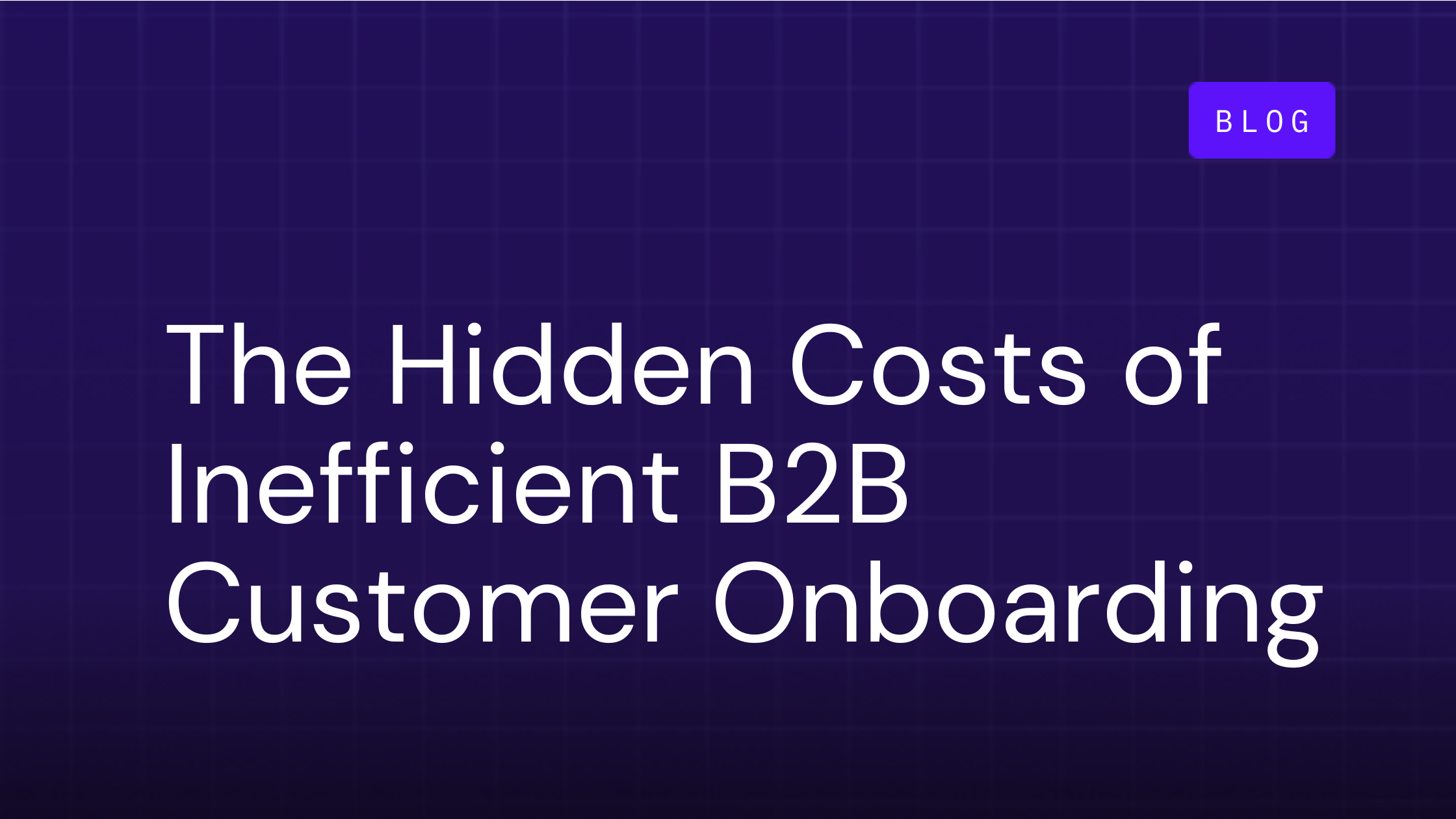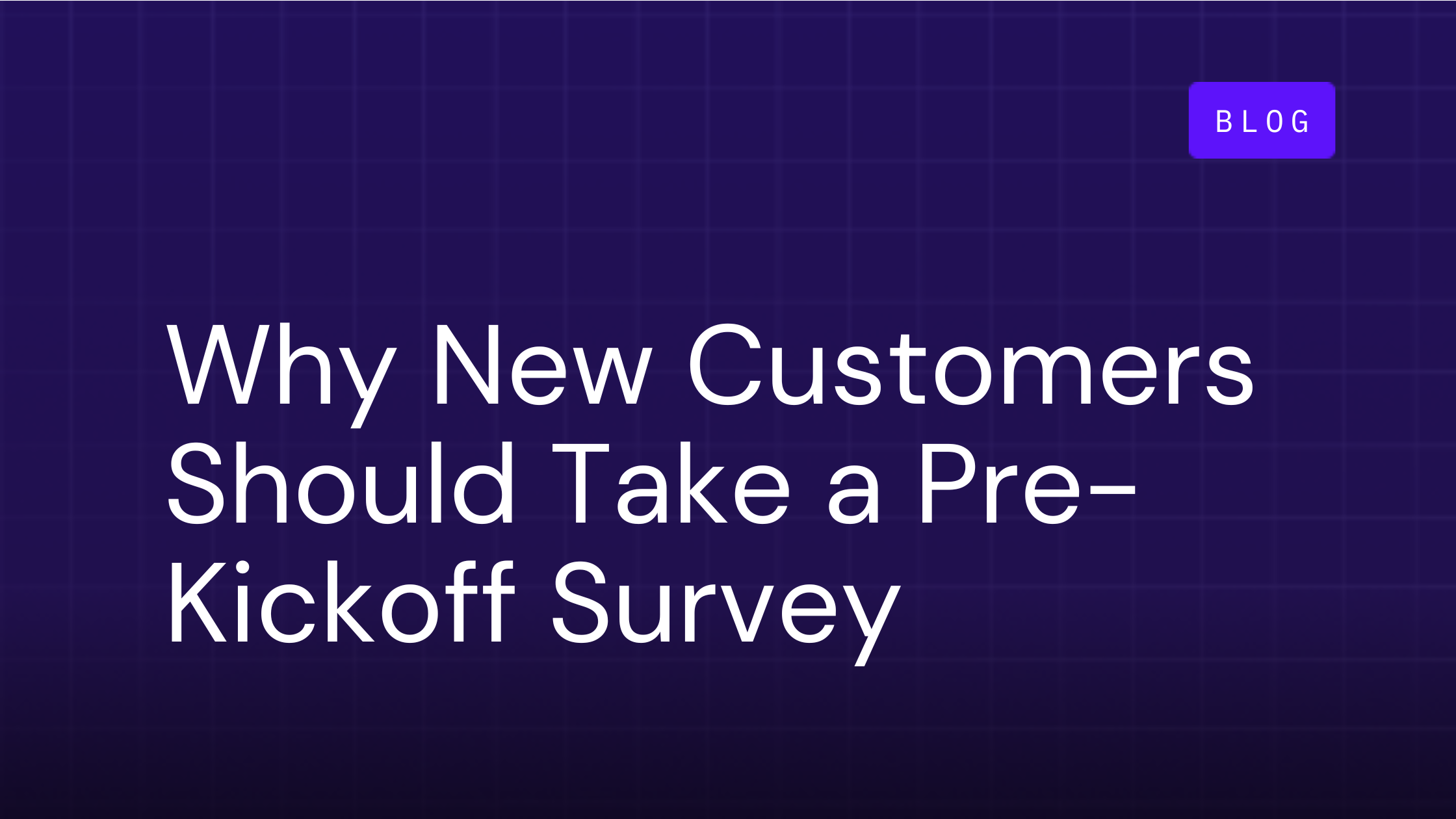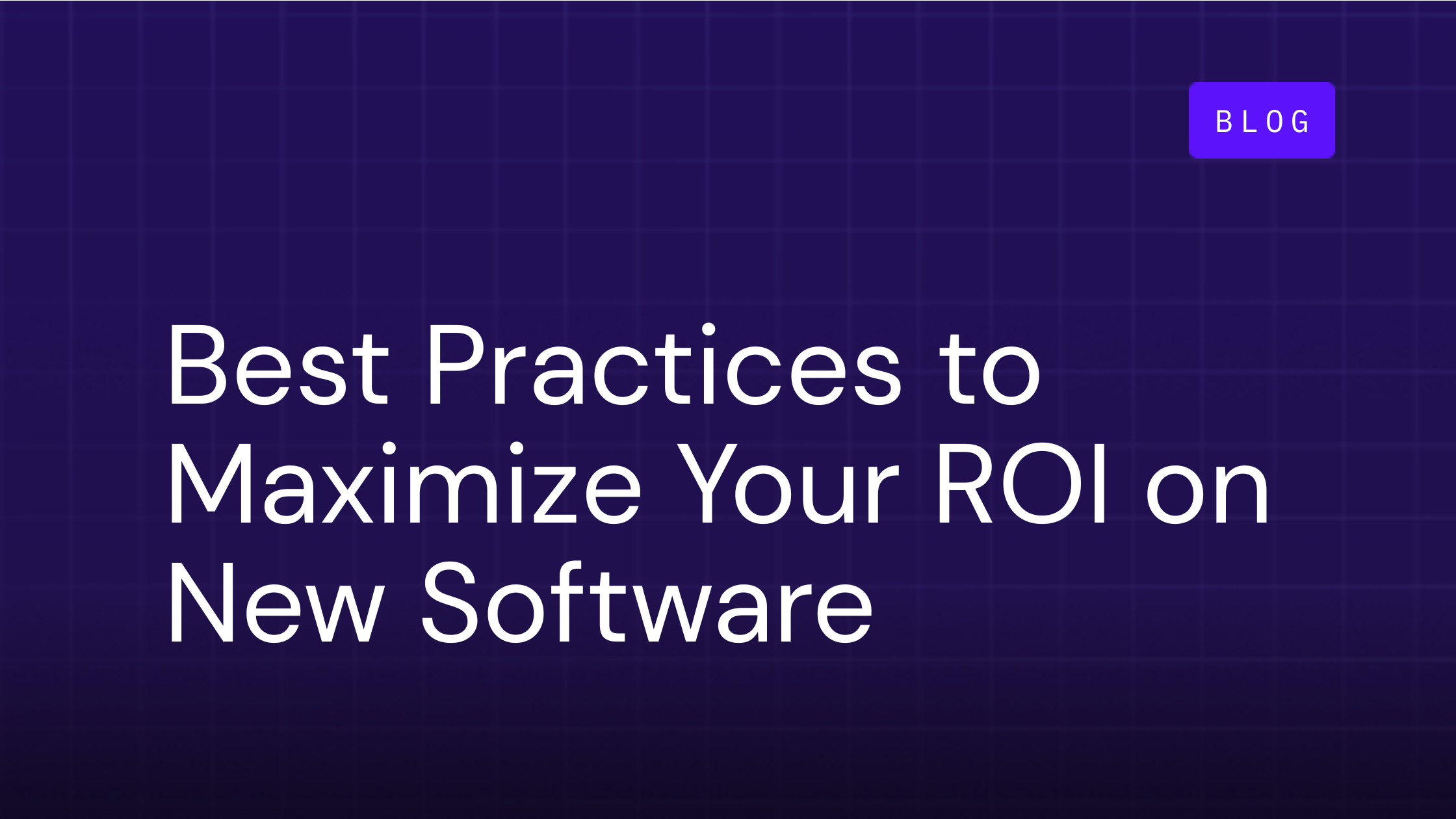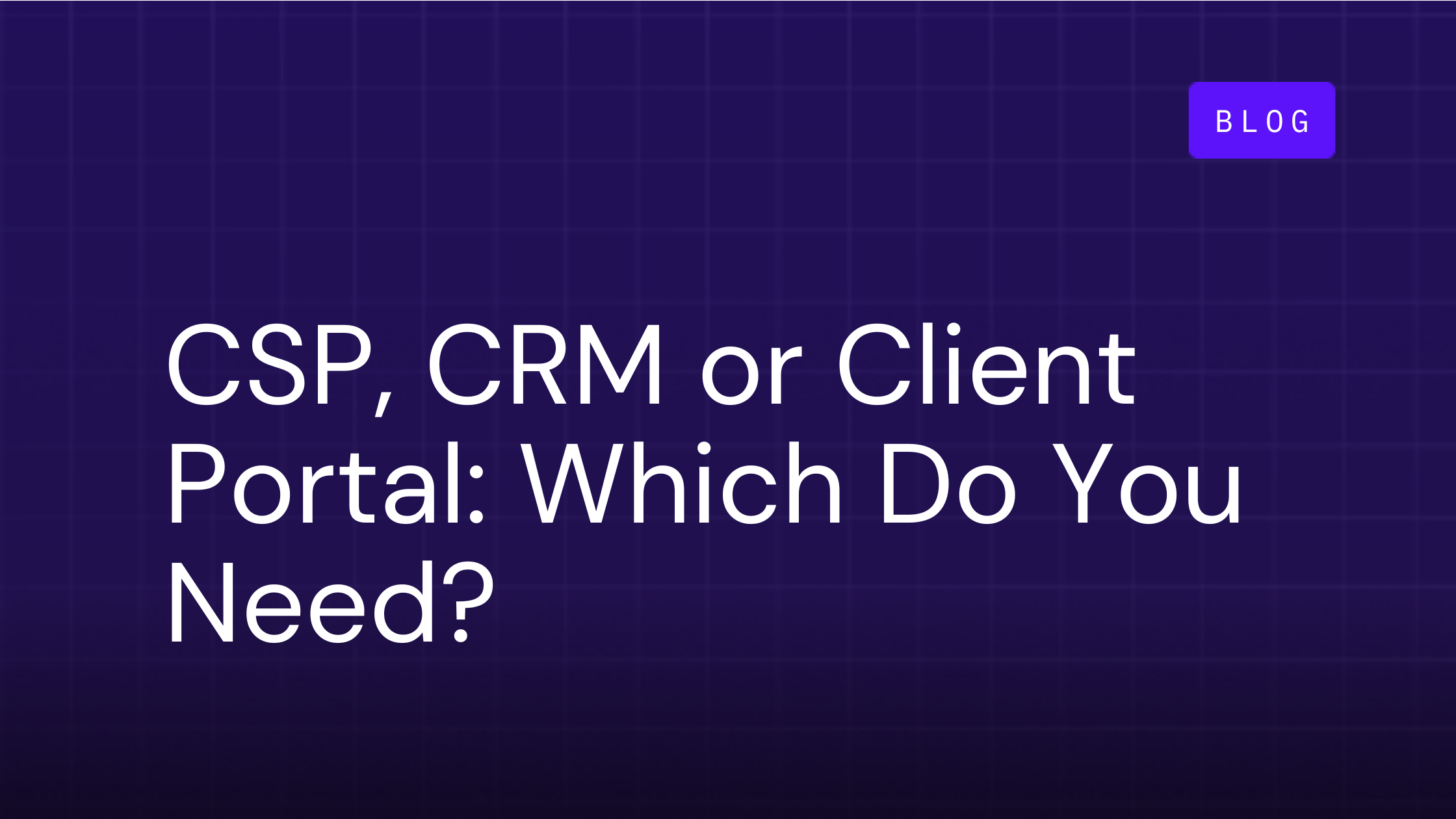The Hidden Costs of Inefficient B2B Customer Onboarding
Published: April 30, 2024

Table of Contents
B2B software is only getting more powerful and, therefore, complicated. That’s why the average onboarding time for a new corporate client is now up to 100 days.
No matter how long your company’s B2B customer onboarding process lasts, efficiency matters. Working toward a more streamlined process can make your customers happier while improving your revenues. We outline why that’s true and highlight some strategies to get you there in the article below.
The Significance of Customer Onboarding
Research shows nearly two-thirds of customers consider a company’s onboarding practices while making their purchasing decisions. Here are three key reasons why product onboarding has become so important.
Establishing a strong first impression
Althought B2B sales processes can be lengthy, new client onboarding is the first point of contact your company may have with the bulk of its daily users. It sets the tone for your relationship. Whether that tone is a positive or negative one will depend on the strength of your customer onboarding solutions.
Building customer loyalty and long-term relationships
In addition to being your first point of contact with users, new customer onboarding is also typically when you spend the most time directly engaging with them. A strong process with excellent support can help you build foundational loyalty that sets the stage for successful long-term relationships.
Maximizing customer lifetime value
Part of onboarding clients is teaching them how valuable your software’s features can be. When you do that successfully, you drive engagement and loyalty, which can turn your new users into evangelists for your software. This can lead to longer deals with B2B clients.
The Hidden Costs of Inefficient Customer Onboarding
It’s also worth taking a quick look at how inefficient customer onboarding processes can cost your company. Here are a few common examples.
Revenue Loss From Slow Onboarding
A lengthy onboarding experience can hurt your company’s revenue in more than one way. It first delays how long it takes for your new customers to start getting value out of your product. The longer that takes, the likelier they are to get cold feet or cancel their subscription prematurely.
Long onboarding times can also lead to wasted resources. Frustrated customers may demand more one-on-one attention from company leaders. They may also cancel their subscriptions, which can mean not getting a full return on your investment in the customer’s onboarding experience.
Finally, an overly long onboarding experience can lead to missed opportunities for cross-selling and up-selling. If customers haven’t yet experienced the full value of your software, they’re unlikely to pay more for additional features.
Increased Customer Support Costs
Inefficient customer onboarding can also increase your company’s support costs. It can put more strain on your customer support resources, which may force your hand in spending more to build a larger team that’s capable of handling the query load.
Your agents will also end up spending a lot of their time answering questions related to the onboarding process, which isn’t always straightforward. This can lead to escalations that disrupt the rest of your team and further increase your costs.
Reputational Damage
Finally, an inefficient onboarding experience is bad for your company’s reputation. It will frustrate users who will likely talk about their issues with other professionals who can understand. This can give your company a poor name even if its software is the best at what it does.
Identifying Inefficiencies in Customer Onboarding
We’ve established that onboarding is important. But how do you actually go about improving your processes? The first step is making sure you’re aware of some of the most common points of inefficiency. These include:
- Long wait times for support
- Complex registration processes
- Poor user interfaces that are difficult to navigate
- Unclear instructions and guides
- Providing too much information at once and overwhelming users
- Ignoring mobile onboarding experiences
The key to fixing a bad onboarding experience (outside of using onboarding SaaS software) is recognizing where inefficiencies like these exist in your process. If you can do that and find the right onboarding tool, you’ll already be well on your way to delivering a memorable onboarding experience to customers.
Strategies For Improving Customer Onboarding Efficiency
Let’s wind down the article by zooming in on a few strategies for fixing an inefficient process for onboarding customers. Here are some ideas to help you improve your new customer success program.
Identify and Eliminate Bottlenecks
A good first step is to try identifying where new users are most frequently getting stuck in your onboarding journey. The onboarding software you use may have an integrated tool for tracking this. If not, you may need to reach out to users directly to get the information.
Leverage the Power of Automation
Modern client onboarding software typically includes automation tools that can be huge time savers for you and customers alike. These include automatic feedback collection, automatically suggested points for review, automated email notifications for training opportunities, and more.
The common thread with these features is that they solve problems for customers without forcing them to pause their onboarding journey to ask their questions to human agents. You can start onboarding new customers faster as a result.
Bring Personalization to the Onboarding Journey
Everyone learns differently. By introducing personalization to your process for onboarding new customers, you can account for those differences with more targeted modules for training. The result should be a more useful onboarding experience for every user, despite differences in pre-existing knowledge levels and learning speeds.
Tailor Onboarding Based on Customer Personas
One of the most effective ways to bring personalization to your onboarding process is by building different training pathways for common types of users.
For example, you could make one training option for highly technical users and another for people who need more of a plain language walkthrough. That way, you don’t have to build too many unique onboarding models, but still deliver the right experience to your most common types of users.
Implement Feedback Loops For Continuous Improvement
You should also take user feedback into account while refining your onboarding processes. OnRamp's customer onboarding software collects feedback for you automatically so you can discover trends faster and make changes before any issues can impact your bottom line.
Our Final Take On B2B Customer Onboarding
Inefficient customer onboarding can be more damaging to your company than you may initially suspect. It can reduce lifetime customer value, damage your reputation, and have a tangible negative impact on your bottom line.
That’s why it’s so important to emphasize efficiency when designing your onboarding experience. OnRamp is a customer onboarding platform that makes that much easier to do with features for automation, personalization, and data analysis that can transform your onboarding process into a point of differentiation that sets your company apart from the competition.
Sign up for a free demo to learn more about how we can help.
Related Posts:

Why New Customers Should Take a Pre-Kickoff Survey
But just diving into the implementation headfirst can hurt a lot more than it helps.

SaaS Implementation: Best Practices to Maximize Your ROI on New Software
SaaS tools can make your entire company more efficient and profitable, but only if your team actually uses them. That’s not always...

Customer Success Platform, CRM or Client Portal: Which Do You Need?
With so many business enablement tools today, it can be tough to decide which are worth the investment. You want to have the best...